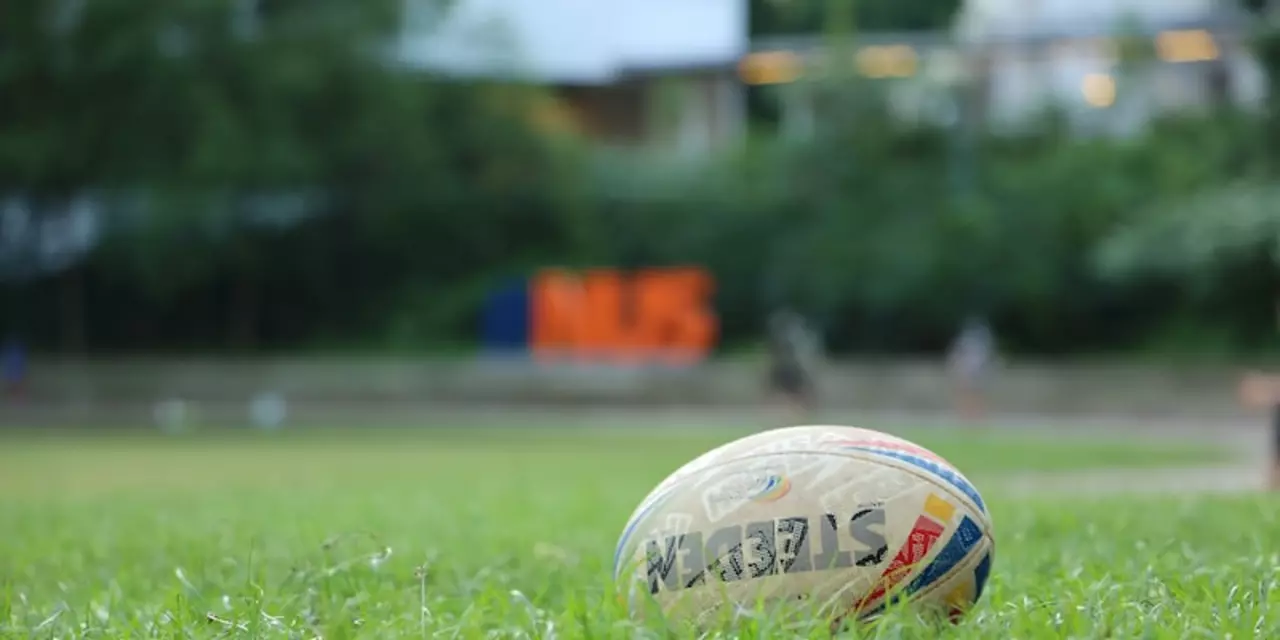America – Rugby, Football, and the Growing US Scene
If you’re scrolling through the America tag, you’re probably wondering how rugby fits into a country known for NFL Saturdays and baseball innings. The short answer: rugby is carving out its own spot on the map, and it’s worth a look whether you’re a player, a fan, or just curious about the sport’s US journey.
Rugby vs. American football – what’s the real difference?
Both games involve running, tackling, and scoring, but the details matter. Rugby has no helmets or pads, so players rely on technique, timing, and conditioning to stay safe. The ball is oval but round‑er, making it easier to pass laterally. Play is continuous – there’s no stop‑and‑start after every down, which keeps the action flowing for minutes at a time. In American football, you get a pause after each play, a set of downs, and a lot more specialized gear. Those structural differences change the strategy, the fitness demands, and even the fan experience.
Rugby’s rise in the United States
Over the past decade, the US has added hundreds of clubs, college programs, and a professional league (Major League Rugby) that now spans both coasts. Attendance at big matches in cities like Seattle and Houston is hitting the 5,000‑plus mark, and TV deals are bringing games into homes that once only watched football. Youth programs are growing fast too – many high schools now offer rugby as an after‑school sport, giving kids a chance to learn a game that values teamwork and endurance without the heavy protective gear.
What’s driving that growth? A mix of grassroots enthusiasm, a desire for a more inclusive sport, and the appeal of a fast‑paced, full‑contact game that doesn’t require a massive stadium. International tournaments, like the USA Men’s Sevens team’s performances in the World Series, also spark interest. When Americans see their own athletes competing on a world stage, the curiosity turns into participation.
For players transitioning from American football, the learning curve isn’t as steep as you might think. The core skills – catching, running, tackling – are already there. The biggest adjustments are learning the off‑side rules and adapting to continuous play. Many coaches recommend starting with the sevens format (seven players per side, shorter matches) because it forces you to master space and speed quickly.
Whether you’re looking for a new sport to try, want to compare the two codes, or just want to keep up with how rugby is evolving in America, the posts under this tag have you covered. Dive into the articles, check out the match schedules, and maybe grab a ball for a weekend at the local park. Rugby in the US is still growing, and you can be part of that story.
Why don't we play rugby in America?
Rugby is a popular sport all over the world, except in the United States. There are a few reasons why rugby hasn't taken off in the U.S.: lack of funding and infrastructure, a lack of interest, and the fact that the most popular sport in America is American football. Rugby does have a small but growing following in the United States, and there are several national and international tournaments that attract players and fans from across the country. With increased exposure and more resources, it is possible that rugby could become more popular in America in the future.
Is rugby popular in America?
Rugby is a sport that has been steadily gaining popularity in the United States over the last few years. It has grown from a niche sport to one that is now supported by a passionate fan base. In addition to its growing popularity, rugby is now being included in the upcoming Olympic Games and is being played by a number of college and high school teams. The USA Rugby organization is also helping to promote the sport and is actively working with local clubs and organizations to increase its presence in the country. The future of rugby in the United States looks bright as more people become aware of the sport and its potential.

